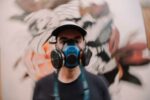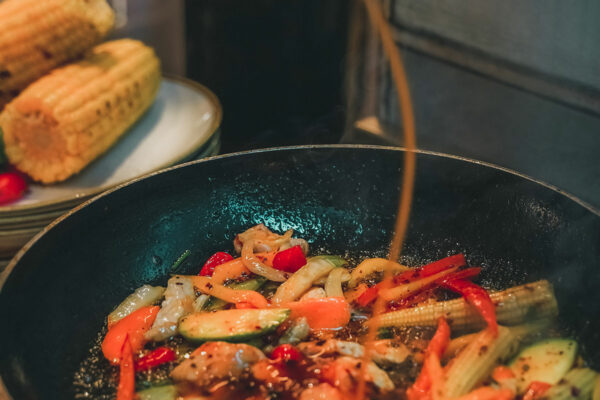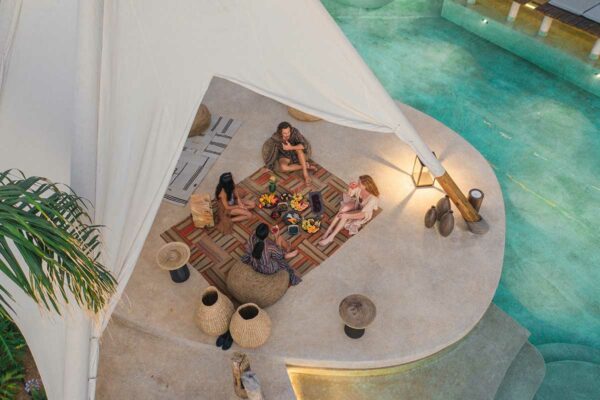Famous Cretan Artists
El Greco is undoubtedly the best-known personality of the arts, born on Crete Island. Writer Nikos Kazantzakis claims a place among the Cretan stars, too. These two shine the brightest but are not the only notable figures born on the island.
First, we offer you a few significant details about Crete’s most famous artists, El Greco and Kazantzakis, followed by other noteworthy personalities unfamiliar to many travelers visiting the island.
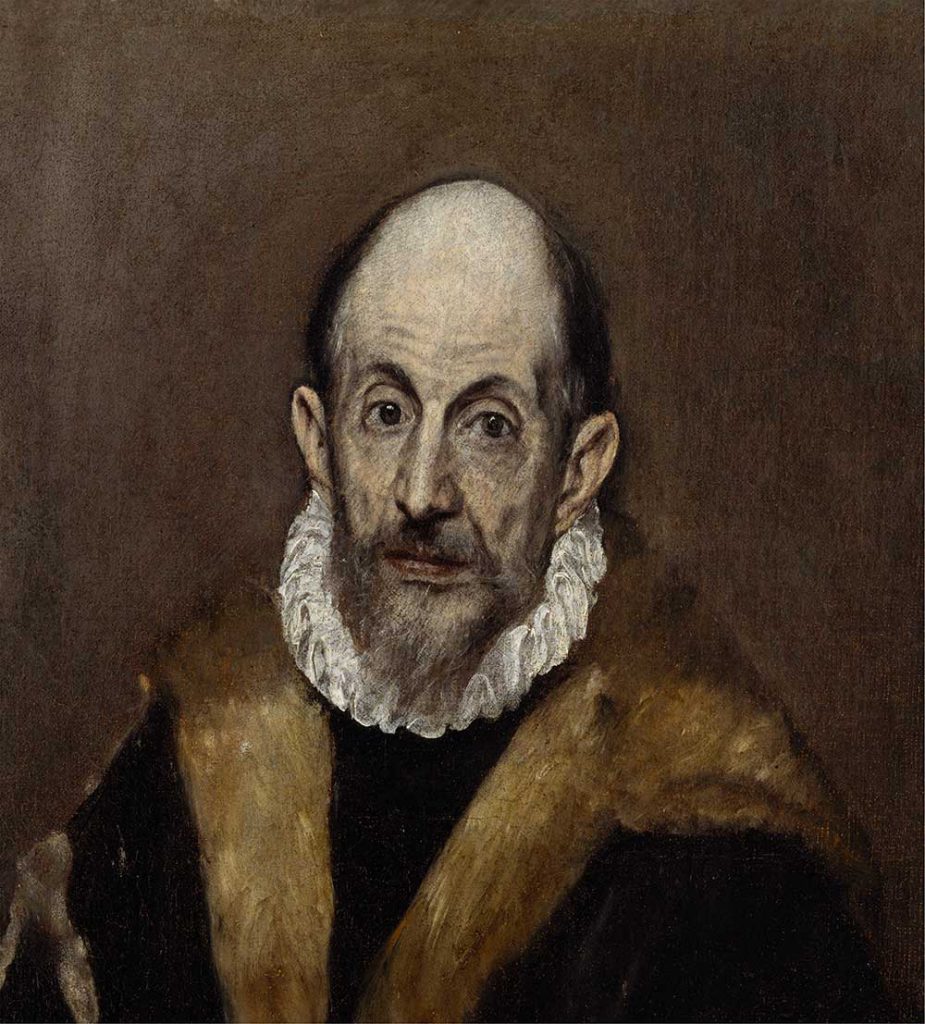
El Greco (né Domḗnikos Theotokópoulos – 1 October 1541 – 7 April 1614) was born in the Kingdom of Candia, in today’s village of Fodele, where you can visit the El Greco Museum in a traditional Cretan house, supposed to be the artist’s childhood home. El Greco is a nickname the Greek painter gained as a scholar of the Spanish Renaissance but note that he usually signed his works with his full name, Domḗnikos Theotokópoulos, sometimes adding the word Κρής (Krḗs – Cretan) to emphasize his Cretan origins.
The Museum of El Greco in Fodele – some 45 minutes’ drive from The Syntopia towards Heraklion – houses reproductions of icons and documents detailing the master’s Cretan origins and life abroad in Italy and Spain.
El Greco lived during the Venetian rule of Crete. Other artists from the same period include
- Theodore Poulakis, a Rennaissance icon painter, father of the Heptanese School of painting;
- Emmanuel Tzanes, a Renaissance icon painter and the parish priest of the San Giorgio dei Greci church in Venice;
- Theophanes the Cretan, a famous icon painter and scholar of the Cretan School;
- Vitsentzos Kornaros was a poet and a leading figure of the Cretan Renaissance. His romantic epic poem Erotokritos is written in the vernacular Cretan dialect.

Nikos Kazantzakis (2 March 1883 – 26 October 1957) lived during the Ottoman occupation of Crete. He counts as one of the giants of modern Greek literature, and although he was nominated for the Nobel Prize in Literature nine times, he never won.
Internationally, his best-known work is Zorba the Greek (published in 1946 as Life and Times of Alexis Zorbas), which raised to fame after 1964 when Greek Cypriot filmmaker Michael Cacoyannis dramatized it for the screen. The film had a stellar cast featuring Anthony Quinn as Zorba, Alan Bates as Basil, and Irene Papas as the Widow. The film’s score – Zorba’s Dance – composed by Mikis Theodorakis, is a worldwide hit, and Giorgos Proviasthe choreographed the sirtaki dance.
Other noteworthy works by Kazantzakis include Christ Recrucified (1948) and The Last Temptation, put on screen as The Last Temptation of Christ in 1988 under the direction of Martin Scorsese and starring Willem Dafoe as Jesus, Harvey Keitel as Judas Iscariot, and Barbara Hershey as Mary Magdalene.
You can visit the grave of Nikos Kazantzakis on Martinengo Bastion, the highest point of the Walls of Heraklion. The Nikos Kazantzakis Museum is fifteen kilometers from Heraklion city in Myrtia. The Museum’s permanent exhibition documents Nikos Kazantzakis’ work and life and features manuscripts, letters, Greek and foreign publications, photos and personal items, biographical materials, etc.
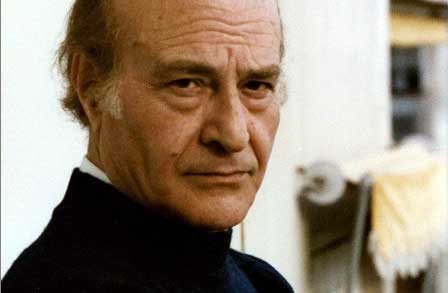
Odysseas Elytis (né Odysseas Alepoudellis – 2 November 1911 – 18 March 1996) is the only Cretan native to receive the Nobel Prize in Literature (in 1979) “for his poetry, which, against the background of Greek tradition, depicts with sensuous strength and intellectual clear-sightedness modern man’s struggle for freedom and creativeness.” Critics regard his volume To Axion Esti (It Is Worthy – 1959) as a “monument of contemporary poetry.”
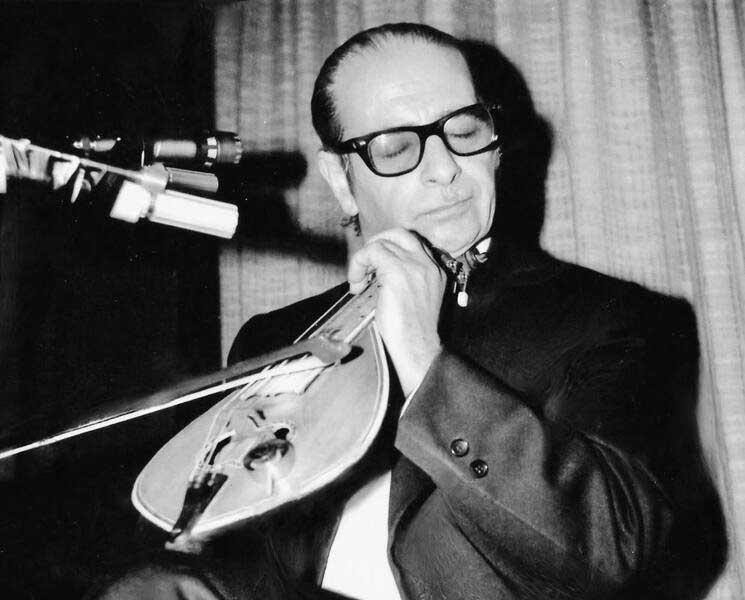
Thanassis Skordalos (10 December 1920 – 23 April 1998) was a musician who counts among the lyra players who offered the most to Cretan music. He was born in the village of Spili in the Rethymno Prefecture. His most famous recording dates from 1946: Spiliano Syrto, where he plays the lute.
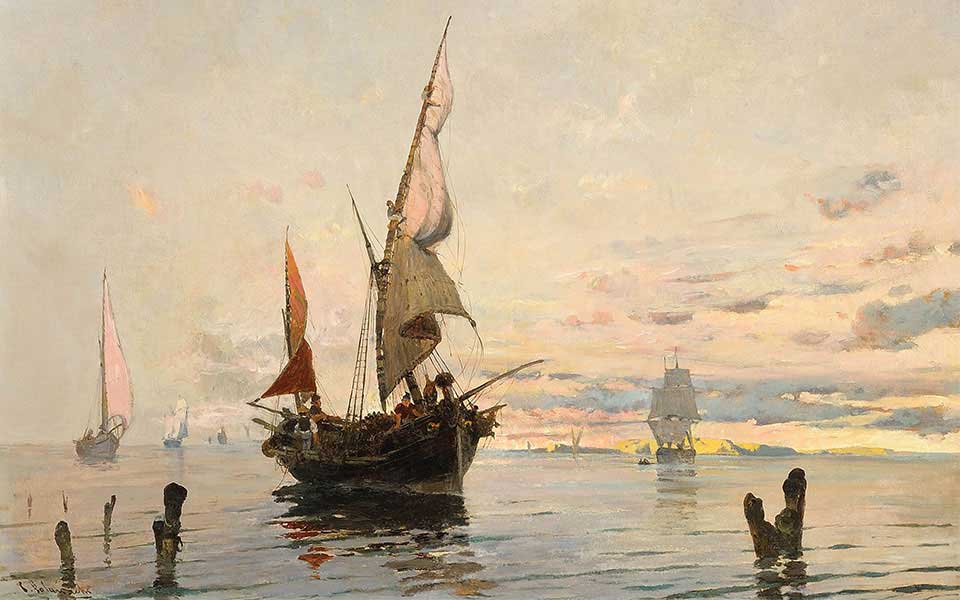
Konstantinos Volanakis (1837 – 29 June 1907), the father of Greek seascape painting, was born in Heraklion. Some of his best-known works include Collecting the Nets (1871), The Inauguration of the Corinth Canal (1893), and Anchored Boats (1895). He was a teacher at the Athens School of Fine Arts from 1883 until 1903 and operated a private art school, too. Famous Greek painters like impressionists Michalis Oikonomou and Sophia Laskaridou were among his students.
These are some of the most prominent artists born on Crete, an island with a solid cultural identity, reflected in all facets of life, including literature, art, architecture, song, and dance.
